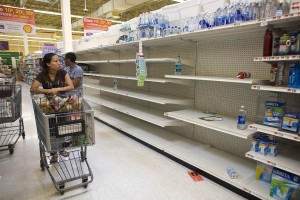Todays post is from Ronald D. Southard, CEO at SafeSourcing Inc.
All databases have their start as an information gathering exercise that ultimately is enhanced by those characteristics the owner or developer determines to be useful to the community of interest the database is to be offered to. The information then becomes part of a data model where information sets can be accessed or searched based on a variety of queries or questions. Most developers follow a process called Universal Description, Discovery, and Integration or UDDI as this process.
Universal Description, Discovery and Integration or (UDDI) is a standard established for building online databases of companies and the goods and services they provide, similar to Yellow Pages for the Internet. UDDI is intended to help businesses locate suppliers and products. Sourcing companies supplier databases go well beyond this definition.
Data models can be extremely complex and that is where they become more than a simple on line yellow pages. In fact high quality supplier databases should be able to provide much of the data you might find in the opening pages of a detailed RFI. A simple query like show me all companies within a 500 mile radius of your home office zip code that provide a set of products that meet the following safety certifications. A next step might be summarizing all company information for these companies by a list of attributes such as company description, sale, years in business, officers etc.
How easy would that make your life?
If you’d like to find more qualified and vetted suppliers to support your sourcing efforts of any product or service, please contact a SafeSourcing Customer Services Account Manager
We look forward to and appreciate your comments.


